Paco
Christy
Fay
Pip
Mind
and
Body
Fay
https://www.madamasr.com/en/2018/06/25/opinion/u/q53-do-human-bodies-act-as-archives-of-trauma/
Visualization of how something happening mentally can feel in/on your body
Behind the scars project. Scars that are visible on the body often also have a story behind them, a story that comes with a lot of emotions etc
Paco
Pip
Christy
Henry Ford once said, “Whether you think you can or you can’t – you’re right.” This simple statement simply calls to action the thought process of an individual. If you are consistently using phrases that involve “I can’t” or “I won’t” then you’ve already sealed your fate. “I can”, “I will”, and “I’m able” are phrases that empower the mind and the body, mentally and physically.
https://www.kirbyhealth.org/about/news/2016/december/the-power-of-words-and-your-health/
research on the power your words and thoughts have over your body, health and circumstances:
And as our research has shown, the longer you concentrate on positive words, the more you begin to affect other areas of the brain. Functions in the parietal lobe start to change, which changes your perception of yourself and the people you interact with.
Over time the structure of your thalamus will also change in response to your conscious words, thoughts, and feelings, and we believe that the thalamic changes affect the way in which you perceive reality.
https://psychcentral.com/blog/words-can-change-your-brain-2#4
“By holding a positive and optimistic [word] in your mind, you stimulate frontal lobe activity. This area includes specific language centers that connect directly to the motor cortex responsible for moving you into action. And as our research has shown, the longer you concentrate on positive words, the more you begin to affect other areas of the brain.”
https://brm.institute/neuroscience-behind-words/
We were told that words express thought and that thought and words are inseparably linked. You can’t have one without the other. We speak words, we write words and we think words when we aren’t saying or writing anything. Sometimes we even dream words.
The speakers then showed us extracts of research based on a study of 678 nuns performed by David Snowden. The experiment, called the Nun Study, is considered by experts on ageing to be one of the most innovative efforts to answer questions about who gets Alzheimer’s disease and why. When each nun entered the order she was asked to write up her life story to-date. When, in much later years, a nun passed away, the researchers correlated positive words in the autobiography to the life-span of the nun. They found that there was a relationship between the number of positive words in the autobiographies versus life-span.
https://www.ebc-online-tefl.com/blog/words-physical-may-hazardous-health/
https://www.ted.com/talks/
marily_oppezzo_want_to_be_more_creative_go_for_a_walk
The effects that a simple walk has on your creativity > so moving your body has an effect on the creativity of your mind
What is mind Body disorder?
Psychosomatic Disorders or Mind-Body Disorders
A psychosomatic disorder is a disease which involves both mind and body. Some physical diseases are thought to be particularly prone to be caused or made worse by mental factors such as stress and anxiety.
https://goop.com/wellness/mindfulness/the-scary-power-of-negative-words/
In another experiment, Emoto tested the power of spoken words. He placed two cups of cooked white rice in two separate mason jars and fixed the lids in place, labeling one jar “Thank You” and the other, “You Fool.” The jars were left in an elementary school classroom, and the students were instructed to speak the words on the labels to the corresponding jars twice a day. After 30 days, the rice in the jar that was constantly insulted had shriveled into a black, gelatinous mass. The rice in the jar that was thanked was as white and fluffy as the day it was made. This dramatic example of the power of words is also detailed in Emoto’s books.
Mayim Bialik's Breakdown Podcast
words can create a self-fulfilling prophecy.
https://margiewarrell.com/your-words-create-your-reality/
https://thriveglobal.com/stories/your-words-create-your-reality-so-choose-them-consciously/
In his incredible book “Conscious Language,” Robert Tennyson Stevens writes that “Language is our operating system, shaping our thought and reality as specifically as a set of blueprints defines the architect’s ideas to the builder.” So if we can create our reality with our words, then in order to bring a thought to fruition we first have to speak it. When people say things like “I could never do that” or “I’ll never be able to X,” they’re seemingly affirming that they never will.
Numerous studies on the brain have proven just how powerful our words are. In the book “Words Can Change Your Brain,” authors Andrew Newberg, M.D. and Mark Robert Waldman write:
“By holding a positive and optimistic [word] in your mind, you stimulate frontal lobe activity. This area includes specific language centers that connect directly to the motor cortex responsible for moving you into action. And as our research has shown, the longer you concentrate on positive words, the more you begin to affect other areas of the brain. Functions in the parietal lobe start to change, which changes your perception of yourself and the people you interact with. A positive view of yourself will bias you toward seeing the good in others, whereas a negative self-image will include you toward suspicion and doubt. Over time the structure of your thalamus will also change in response to your conscious words, thoughts, and feelings, and we believe that the thalamic changes affect the way in which you perceive reality.”
Words are energy in the form of vibrations, and our vibrations create our reality. The Bible says that God said “Let there be light” and spoke it into existence; sound became form.

An example of how the negative words you speak about your own body, can have a negative effects on it.
This man goes into ice water and he knows how to control his body temperature, even though it's exposed to ice water. They scanned his brain while he was doing this and they saw the concious brain (the prefrontal cortex) go into the deepest part of the brain and activating that part.
"We have a power in our mind which is able to control what is happening in our body"
The cold water showers and ice water things he did are all a mirror for other things. It's a way to exercise your mind. If you can do this, an activate that deeper part of your brain, you can apply it in all other things.
The mind and the body are not two separate entities—although they are often treated that way. Physical health and emotional health are intimately intertwined in what’s known as the mind-body connection.
Our chemistry and biology impact our mood and emotions, as well as thoughts and beliefs. With all of these factors combined, they play a major role in influencing our stress and physical health. If you’ve ever felt your stomach tighten up when you were anxious, you’ve experienced the mind-body connection.
While we still don’t understand everything about the mind-body connection, scientists are discovering some of the ways in which communication occurs. Dr. Jennifer Weinberg, MD, MPH, MBE, a preventive and lifestyle medicine physician, describes the brain as “the hardware” that allows us to experience the thoughts, beliefs, attitudes, and emotions that we collectively call the “mind.”
Communication happens via chemical and physical messengers, such as hormones and neurotransmitters. In fact, researchers have identified the actual neural networks that connect the cerebral cortex to the adrenal medulla, which actives the body’s response in stressful situations. These findings illuminate how mental states, such as stress and depression, can influence organ function.
https://www.newportacademy.com/resources/mental-health/understanding-the-mind-body-connection/
How the Gut's "Second Brain" Influences Mood and Well-Being
The little brain in our innards, in connection with the big one in our skulls, partly determines our mental state and plays key roles in certain diseases throughout the body.
Although its influence is far-reaching, the second brain is not the seat of any conscious thoughts or decision-making.
The second brain informs our state of mind in other more obscure ways, as well. "A big part of our emotions are probably influenced by the nerves in our gut," Mayer says. Butterflies in the stomach—signaling in the gut as part of our physiological stress response, Gershon says—is but one example. Although gastrointestinal (GI) turmoil can sour one's moods, everyday emotional well-being may rely on messages from the brain below to the brain above. For example, electrical stimulation of the vagus nerve—a useful treatment for depression—may mimic these signals, Gershon says.
Given the two brains' commonalities, other depression treatments that target the mind can unintentionally impact the gut. The enteric nervous system uses more than 30 neurotransmitters, just like the brain, and in fact 95 percent of the body's serotonin is found in the bowels. Because antidepressant medications called selective serotonin reuptake inhibitors (SSRIs) increase serotonin levels, it's little wonder that meds meant to cause chemical changes in the mind often provoke GI issues as a side effect. Irritable bowel syndrome—which afflicts more than two million Americans—also arises in part from too much serotonin in our entrails, and could perhaps be regarded as a "mental illness" of the second brain.
https://www.scientificamerican.com/article/gut-second-brain/
The story of Achilles' fatal weak spot, in his otherwise invincible body, describes how his mother, Thetis, the sea goddess, bestowed bodily immunity upon him by dipping him in the sea as an infant: the only part of his body not to touch the strengthening waters was his heel, by which she held him. The position of this flaw, in the lowliest and most disregarded portion of the body, synonymous with ignominy and debasement, reflects the earthbound nature of human weakness, as it is perceived in classical and Western thought. The heel, which touches the soil, and the head, which looks toward the sky, form a paradigm for the most basic of hierarchies, the one that values the vertical above the horizontal, and values that which is further away from the earth above that which is close to the earth. The logical extension of this pattern is found in the separation and elevation, in Western philosophy, of the mind over the body.
Mind & Body Debate: Dualism or Monism
The different approaches to psychology take contrasting views to whether the mind and body are separate or related. Thinking (having freedom of choice) is a mental event, yet can cause behavior to occur (muscles move in response to a thought). Thinking can therefore be said to make things happen, "mind moves matter".
behaviorists believe that psychology should only be concerned with "observable actions", namely stimulus and response. They believe that thought processes such as the mind cannot be studied scientifically and objectively and should therefore be ignored. Radical behaviorists believe that the mind does not even exist.
The biologists who argue that the mind does not exist because there is no physical structure called the mind also follow this approach. Biologists argue that the brain will ultimately be found to be the mind. The brain with its structures, cells and neural connections will with scientific research eventually identify the mind.
Since both behaviorists and biologists believe that only one type of reality exists, those that we can see, feel and touch; there approach is known as monism. Monism is the belief that ultimately the mind and the brain are the same thing. The behaviorist and biological approaches believe in materialism monism.
However biologists and behaviorists cannot account for the phenomenon hypnosis. Hilgard and Orne have studied this. They placed participants in a hypnotic trance and through unconscious hypnotic suggestion told the participants they would be touched with a "red hot" piece of metal when they were actually touched with a pencil.
The participants in a deep trance had a skin reaction (water blisters) just as if they had been touched with burning metal. This is an example of the mind controlling the body’s reaction. Similar results have been found on patients given hypnosis to control pain.
This contradicts the monism approach, as the body should not react to unconscious suggestions in this way. This study supports the idea of dualism, the view that the mind and body function separately.
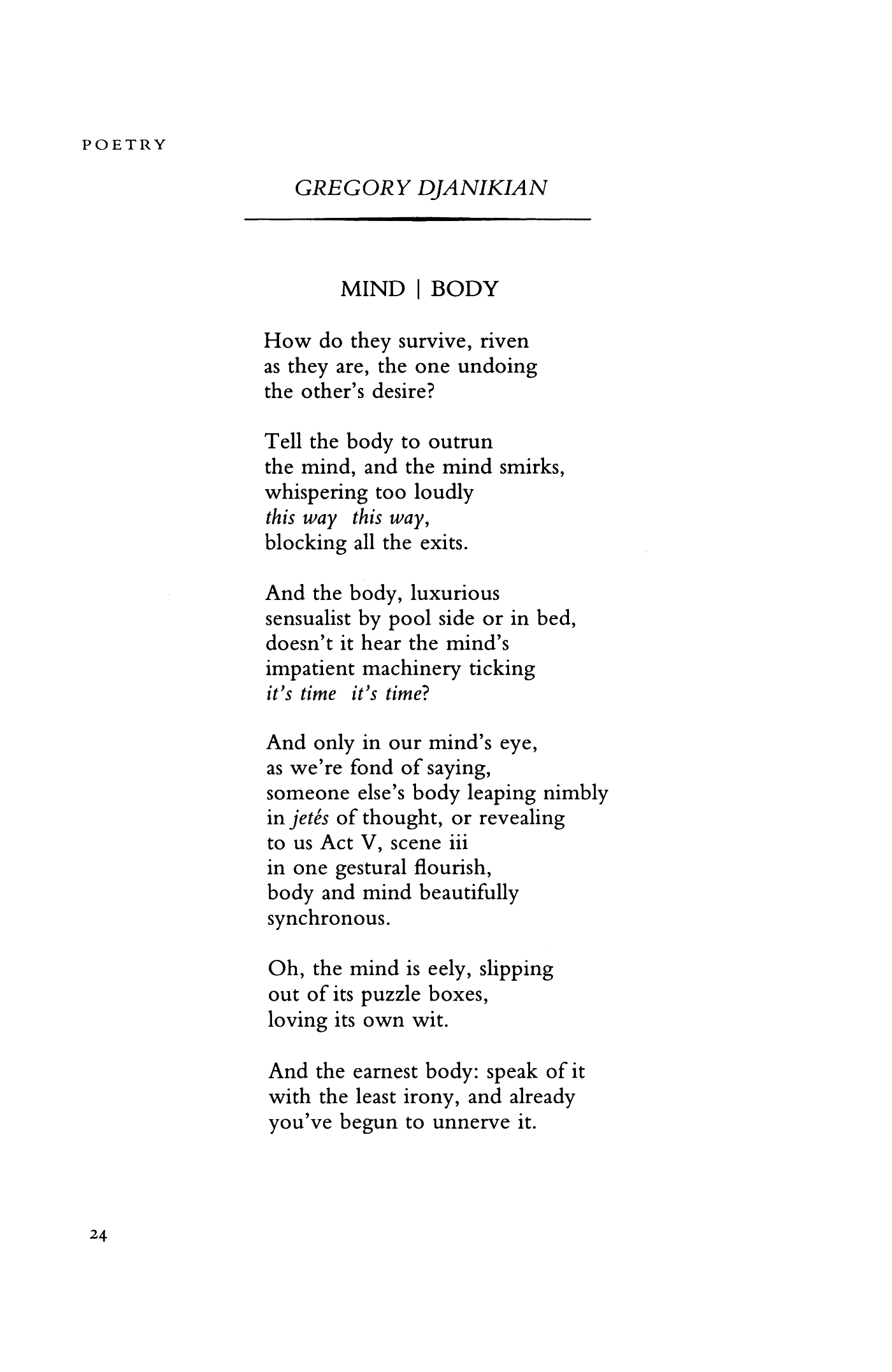
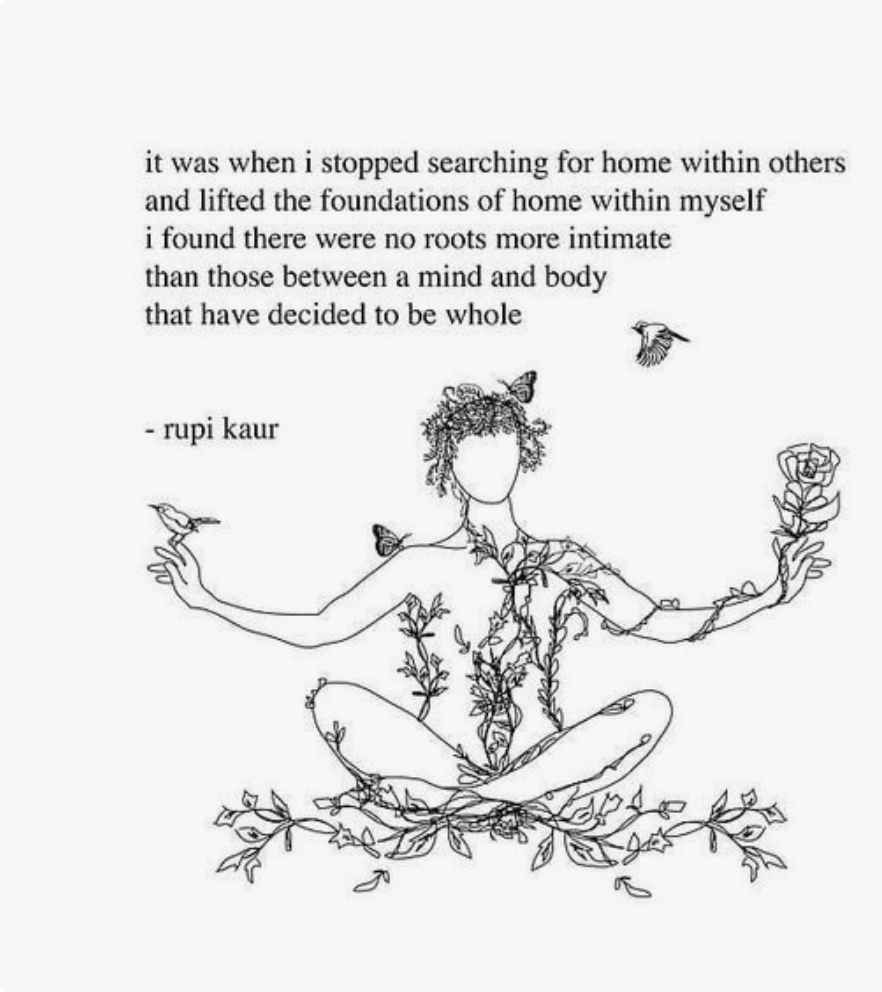
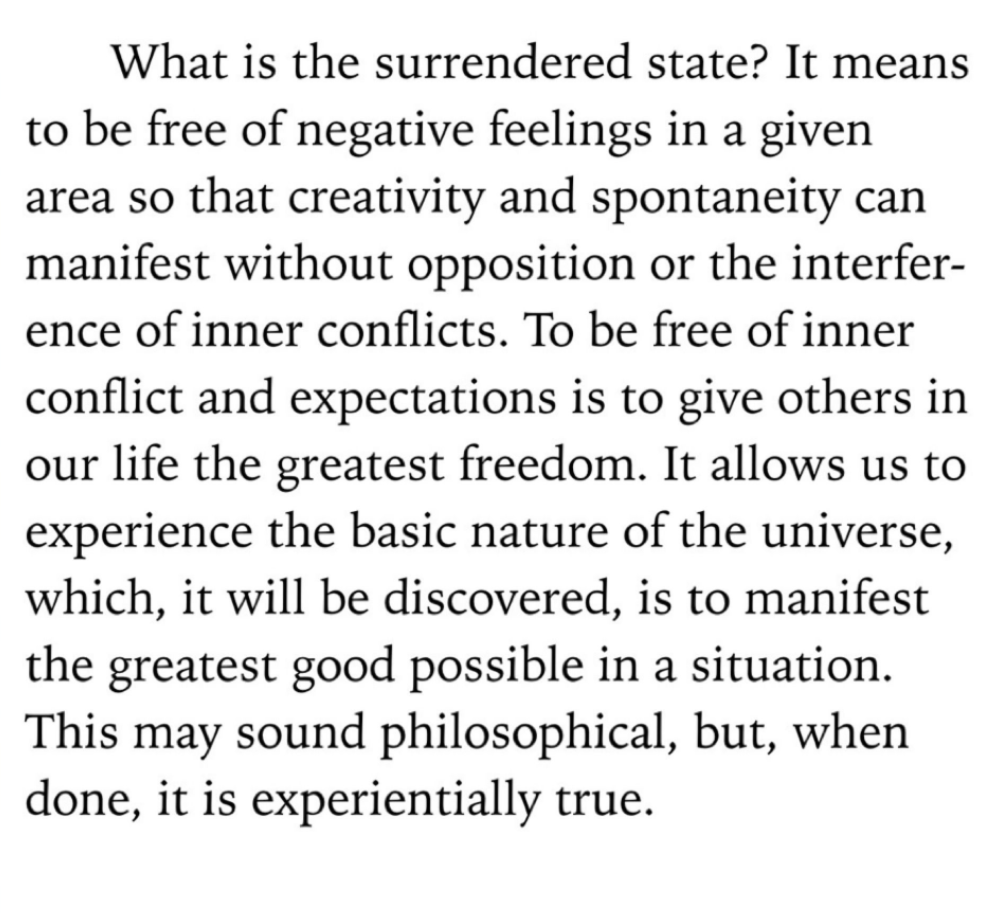
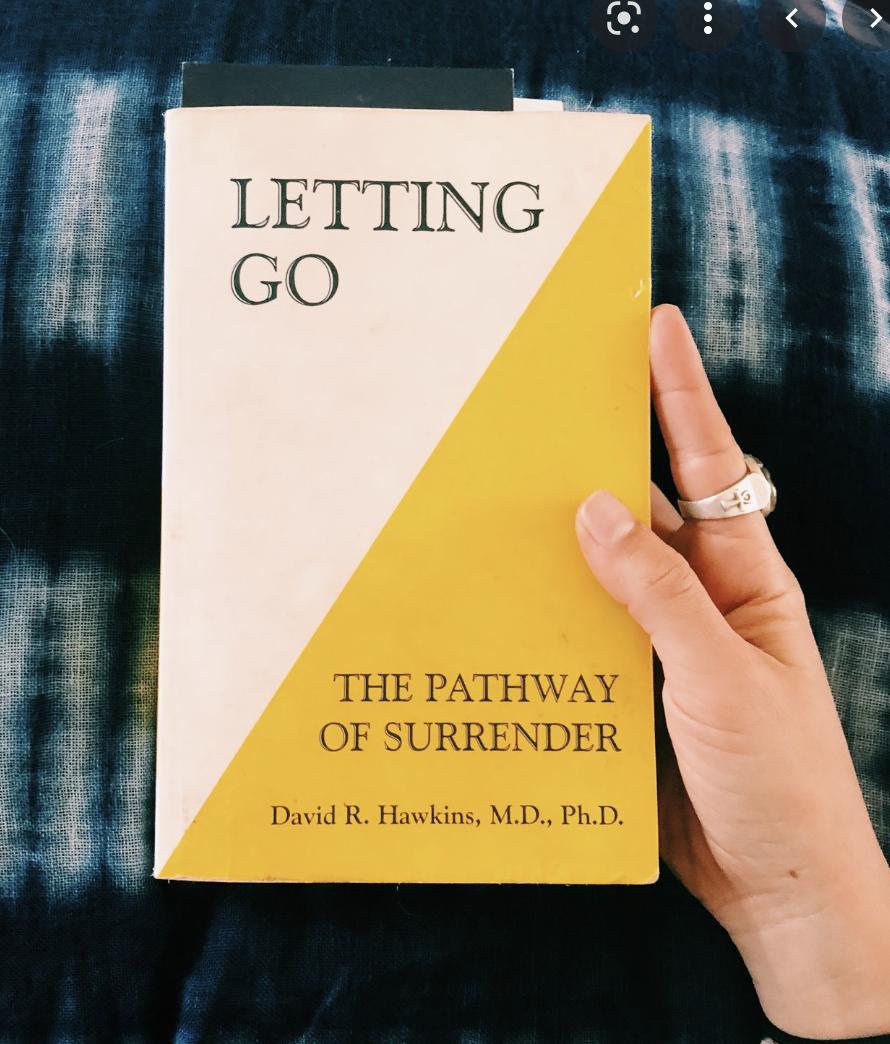
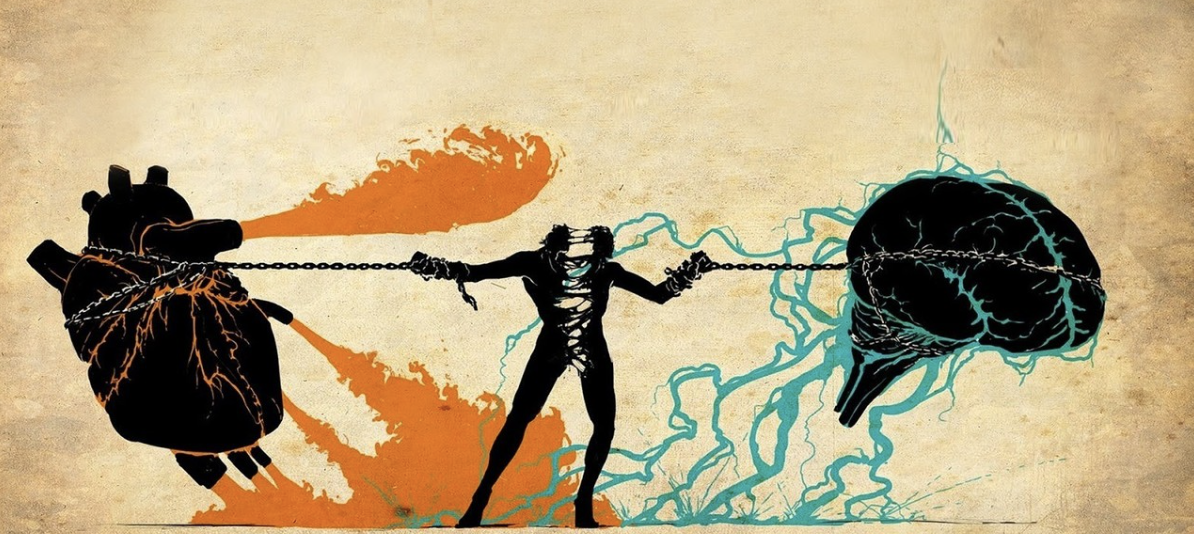
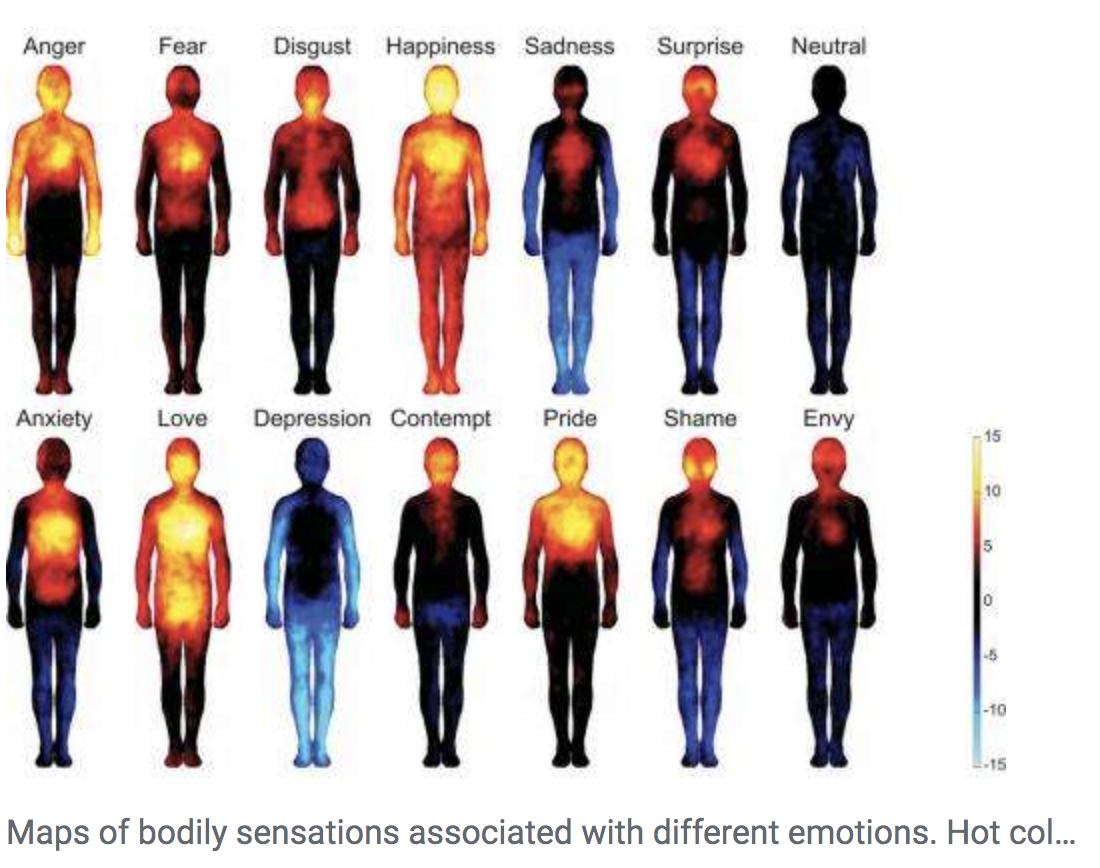
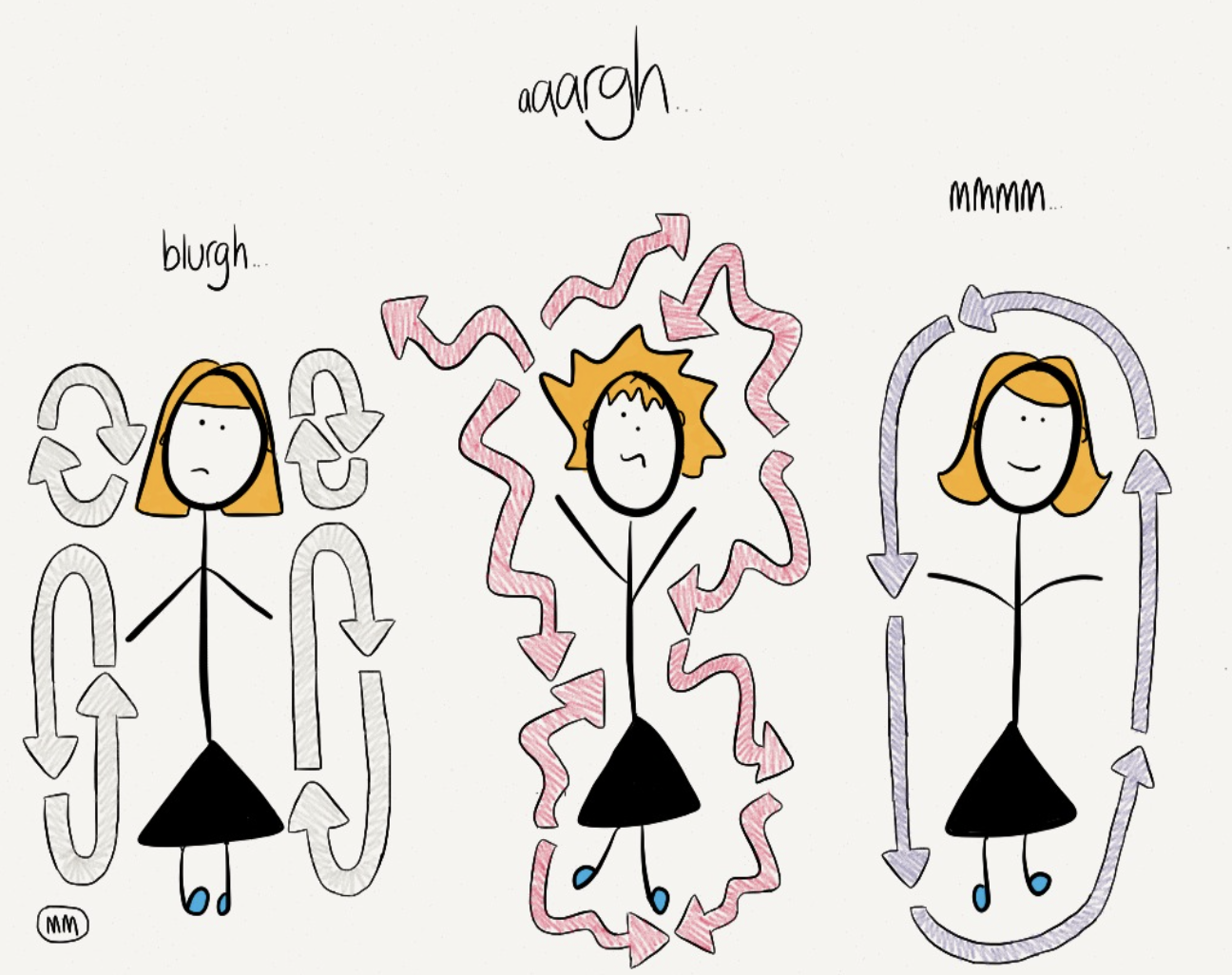
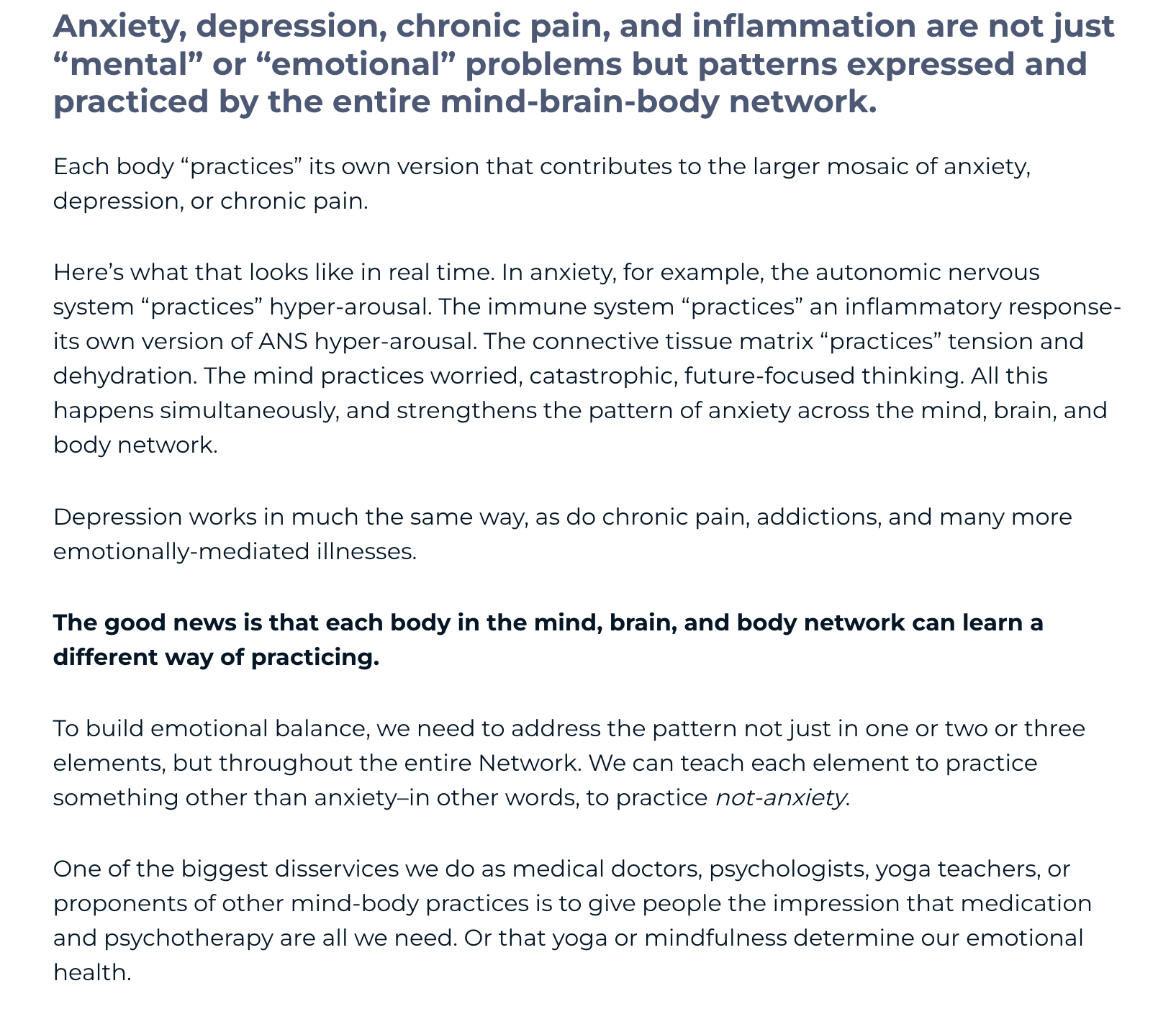

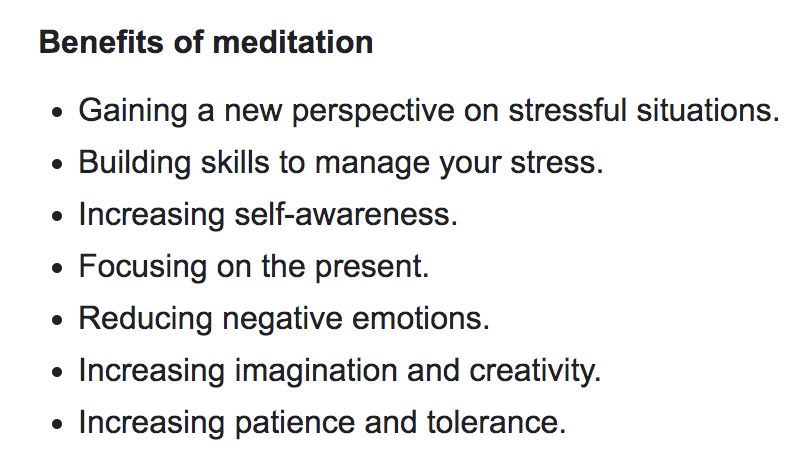

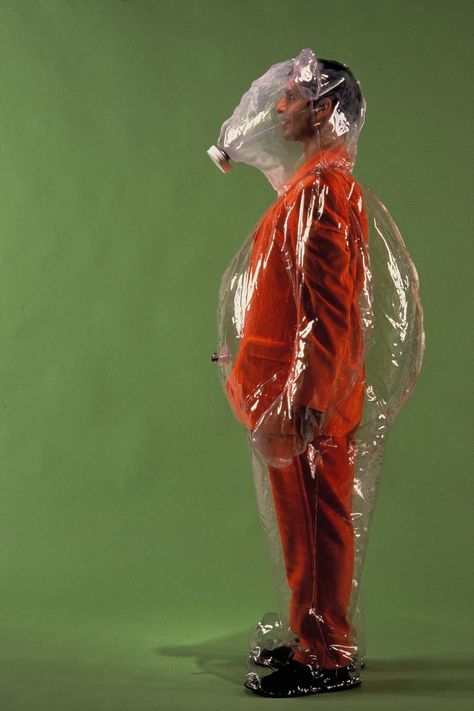
This is a video I made for Term 2.1 where it's about my body and mind
This is a imagination of how my brain looks from the inside.
The brain and the body. Connected. It's working. Physically and mentally. Making connections. Some things makes sense, and some things don't.
For me the brain is about the balance between black and white; negativity and positivity.
Where I only want positivity, I'm forgetting the part that you can't live without negativity. It's a balance between them, the humanity has to seek.
My favorite poem of all time.
'Things come, and things go.'
My favorite shoes, they visualize the black/white part of me.
emotie: rust
emotie: angst
emotie: verdriet
emotie: blijdschap
emotie: boosheid
mijn 5 foto's: vertalingen van gevoel naar mijn stipjes
pages of my translation from the photo's, with text. the text is a translation of my feelings into words. non-existing dutch words or sentences.
Our theme is Body & Mind. We are all fascinated by our memories and the thoughts and feelings connected to them. How can you make a memorie clear without actually seeing them, how to translate them into an image for example. Or into a 3d shape.
We are archiving translations of memories. So our mind is less full with them, and everything is feeling great in the body. So the connection between body and mind is good.
We each picked a photo that contains a memory and tried to add the feeling into it. We choose to each make a feelings box, a memory box that conveys the emotion in a physical way. Trying to add something to touch, different materials, drawings and text that made us think about the emotion we want to archive. In this way, we hope we can bring the audience back with us to that emotion and experience it with us.
And eventually put them together, so we're still connected. And we can all have a look inside our minds. So our minds and bodies are connected.
For me these 5 photos are attached to a specific period in my life where I was ill. It has a lot of memories, and a lot of feelings, and a lot of thoughts. Drawings dots is my way to translate a feeling into something else. I also made some clay model figures of the dots, where I tried to visualize my feelings of this specific time period in my life. I'm busy with this always, so this assignment, where we focused on memories with body and mind, was a good extra support to my dealing with specific memories from a specific time.
the 5 emotions together are a perfect balance. and a perfect combination between black/white, negative/positive. every emotion is part of my mind.
I made little 3d-shapes of the 5 emotions. Visualization of how I feel, how these feelings feel. And they are in little storage thingies, because it resembles the cotton candy storage boxes I used to storage my empty pill capsules from the time when I was ill.